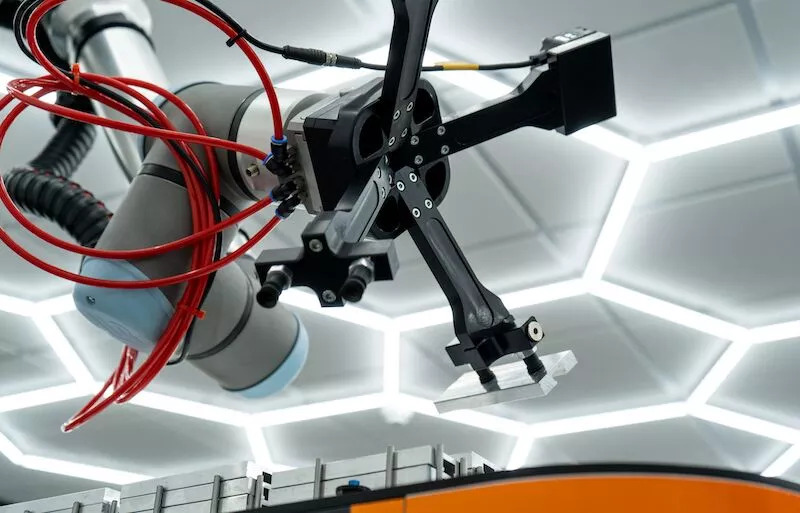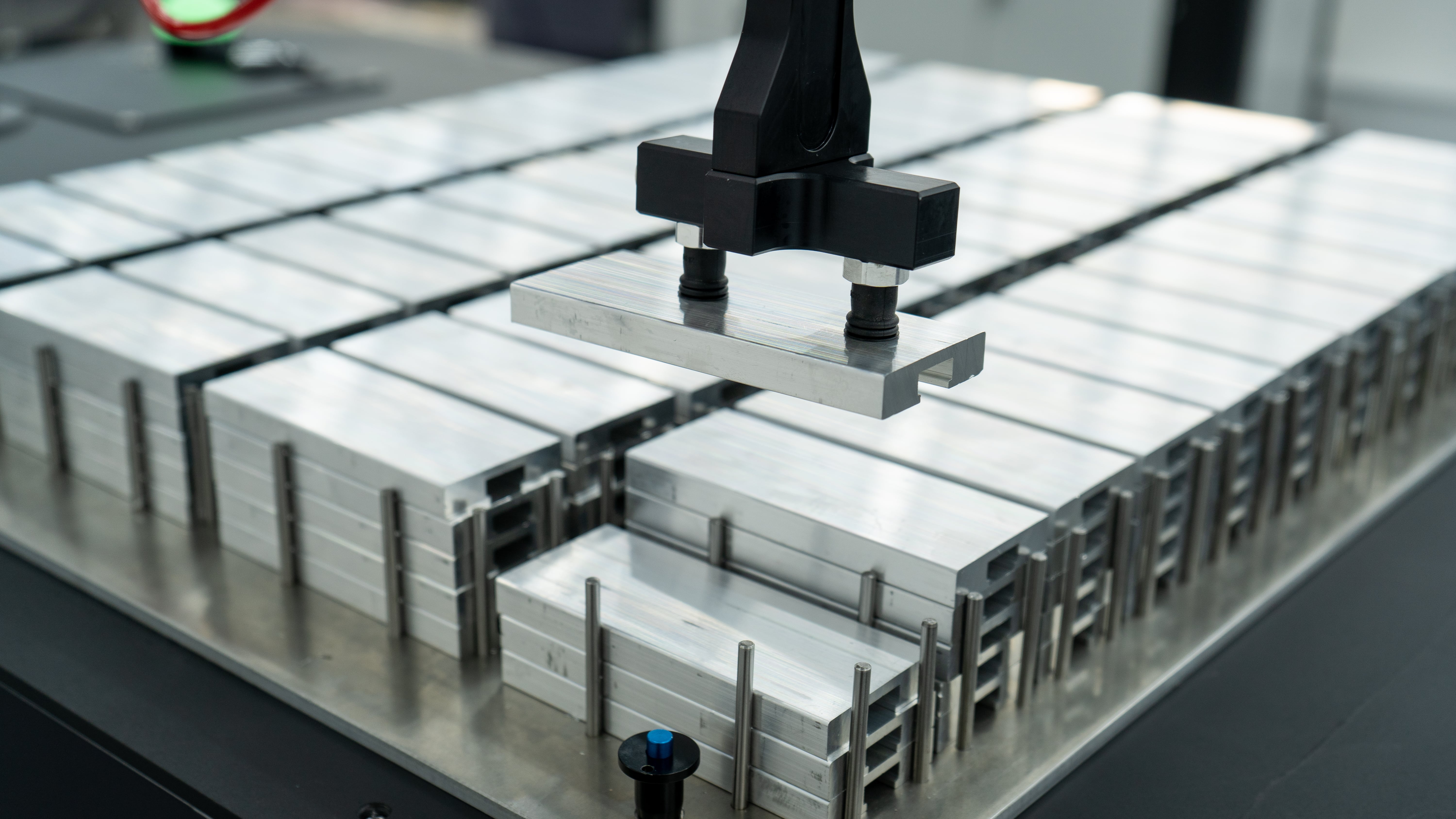AI and Collaborative Robots: The Future of Manufacturing
AI has been creating a lot of buzz as of late, with ChatGPT and Google’s Gemini AI dominating conversation. While some are sceptical about the use of artificial intelligence, smart technologies are playing a part in our everyday life and rapidly changing the landscape of manufacturing.
Cobot applications, while still relatively new, are already transforming industries and the integration of AI technology has the potential to take their technological advancements to the next level. While cobots have primarily been focused on single-point functions, AI enhances the possibility of expanding and enhancing such capabilities to further productivity, safety and efficiency.
The growing synergy between AI and collaborative robots is just the beginning of their evolution in manufacturing. Working in conjunction with each other, they will be important for pushing the manufacturing industry forward.

Types of Artificial Intelligence
We have all heard about AI, but what exactly does the term “artificial intelligence” mean? It has a broad spectrum that will be a driving force in Industry 5.0.
Artificial Narrow Intelligence: Also known as Weak AI, it is the only type of artificial intelligence in existence today, all other forms are theoretical at this point. Narrow AI is designed to complete very specific actions and perform set predefined functions, but is unable to independently learn.
Artificial General Intelligence: Also known as Strong AI, General AI is designed to learn, think and perform at similar levels to humans. Although nothing more than a theoretical concept at present, General AI will use previous skills and learnings to accomplish new tasks in a different context without the need of human training.
Artificial Super Intelligence: Super AI is purely hypothetical but if ever realised it would see artificial intelligence surpass the knowledge and cognitive abilities of humans.

These three areas capture the different stages of intelligence that a machine can acquire. Stemming from the current iteration of AI, Narrow AI can be categorised into four types of functionality:
Reactive Machine AI: This type of AI operates solely based on the present data and is capable of responding to external stimuli in real time. They are unable to build memory or store information, and as such only work with presently available data.
Limited Memory AI: Unlike Reactive Machine AI, this form of AI can store knowledge short-term and use it to learn and train for future tasks. Limited Memory AI uses past and present data to make informed and improved decisions to help achieve desired outcomes.
Theory of Mind AI: A more advanced form of AI, Theory of Mind AI focuses on emotional intelligence to sense and respond to human options. Although not fully realised, research is fast developing in this area.
Self-Aware AI: A futuristic idea, if Self-Aware AI was ever achieved it would have its own consciousness, with a sense of self and human-level intelligence.
AI and Collaborative Robots
AI-powered cobots hold the potential for a more advanced, efficient and safe working environment. By providing adaptive capabilities, safe collaboration, intuitive interaction and predictive maintenance, they are reshaping industries across the board.
Cobots themselves are essentially blank slates that can be tailored to manufacturing needs. Like humans, they need to be trained before they can perform tasks. However, using recorded data and pre-programmed patterns, they can be trained much quicker than humans to upskill them with the abilities required to perform a task.
It is expected that AI-powered cobots will foster a deeper collaboration between humans and machines to improve both efficiency and job satisfaction. At their core, the purpose of artificial intelligence and collaborative robots is to perform tasks that humans cannot or should not do, while also improving operations.
Enhanced Capabilities: Cobots by nature are highly mobile, flexible and easy to program. When combined with AI, they have the potential to develop advanced adaptive qualities. By continuously collecting and processing data, they will be able to learn and adapt to changing conditions.

Accurate Object Recognition: Traditional automation systems struggle to adapt to unexpected changes in the work environment, leading to inefficiencies and delays in production which can be costly. A key advantage of AI and cobot collaboration is that by improving adaptive capabilities, object recognition becomes increasingly more accurate. Advanced image recognition and sensor technology combined with AI allows objects and humans to be detected and identified more accurately. This synergy, for example, will also provide cobots with the ability to sort various objects based on size, shape or colour.
Enhanced Safety: AI allows cobots to be deployed into high-traffic areas, ensuring they can navigate safely and efficiently without causing harm or disruption that would slow down workflows. With the help of AI, cobots are able to analyse real-time data to map the environment and adapt their behaviour to respond to minor changes to create safe collaboration.
Predictive Maintenance: With AI constantly developing and evolving, cobots could in the future monitor and predict their own performance and maintenance needs. By continuously analysing data they would be able to predict when its parts need to be replaced or when maintenance is required to minimise downtime and improve efficiency.
Grow Your Business with Cobots
As new research and developing technologies continue to progress artificial intelligence, we will undoubtedly see further improvements and innovations from cobots.
To stay ahead of the curve, it is important to adopt automation sooner rather than later. Contact our collaborative robot experts today to see the potential of cobots and join the ranks of forward thinking manufacturers.
